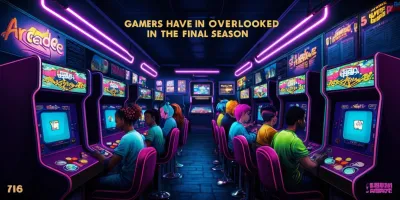TVGS
Schedule I
A Mind-Bending Descent into Chaos
There’s no shortage of psychological horror games that toy with perception, but Schedule I doesn't just mess with your head—it dissects your very sense of reality. This is not a traditional scare-fest with ghosts and jumpscares. Instead, it crafts a layered, cerebral descent into obsession, addiction, and identity crisis through gameplay mechanics that evolve as your in-game psyche does. The game’s design breaks rules deliberately, forcing players to question not only what’s real in the game—but what’s real about the game itself.
More Than a Game, It’s a Spiral
From the moment you hit play, Schedule I establishes that this is not a comforting ride. The UI is clean but purposefully destabilizing: files rearrange themselves, the soundtrack bleeds into unsettling silences, and game states seem to remember decisions you never made. The core narrative revolves around a protagonist who has voluntarily entered a government-funded neuropharmacological simulation. What begins as a lab experiment quickly dissolves into a non-linear rabbit hole of visual hallucinations, broken time loops, and narrative dissonance.
Gameplay unfolds in acts, but those acts can repeat, fragment, or erase themselves depending on choices—some of which you might not even realize you're making. There’s no hand-holding here. You'll need to install patience alongside the actual game, especially when sequences shift without warning. This is where mods and community-made patches are already cropping up, offering clarity for players who want to explore alternate interpretations or reorder the story flow.
Download or Regret: A Gameplay Structure Like No Other
This isn’t a title you jump into for casual entertainment. Each hour spent playing Schedule I feels more like peeling back layers of your own perception. Inventory is minimal, focusing instead on symbolic objects—scratched ID tags, burnt-out matches, vials of ambiguous substances. While there’s no traditional combat, conflict exists on a conceptual level. You’re battling corruption, surveillance, memory decay, and the occasional "entity" that seems to glitch in and out of the UI.
The genius is in how Schedule I redefines control. You’ll find moments where the game seems to play itself, and others where it appears unresponsive unless you input obscure combinations or wait minutes doing nothing. This isn’t broken design; it’s a reflection of the game’s theme—dependency, both psychological and digital.
Unblocked by Censorship, Blocked by Sanity
Despite its mature themes and disturbing content, Schedule I can be played unblocked in most environments, even on school or work networks. This is due to its architecture: a lightweight web-based launcher allows the game to bypass most common filters, though some antivirus software might flag it due to its erratic behavior. Don't worry—it’s clean, just... unconventional.
Accessing cheats is a bit of a meta-game in itself. Players have found that modifying certain .ini files or completing the same narrative loop ten times in slightly different ways will unlock "dev mode" scenarios. These allow you to change the game’s lighting, skip acts, or spawn hallucinations on command. Mods that expand or remix the storyline are already being shared in underground forums. They’re unofficial, but worth it if you’re into dissecting narrative architecture.
Visuals and Audio: Haunting by Design
The art direction of Schedule I is one of its most memorable aspects. The environments range from sterile clinical chambers to fractal dreamscapes where geometry bends in physically impossible ways. Texture resolution isn’t high, but the artistic intent makes it irrelevant. The soundtrack consists of droning ambiance layered with fractured whispers and glitchy loops that subtly change depending on the path you've taken or how long you've been playing. It’s an auditory descent that amplifies the game’s oppressive atmosphere.
On platforms that support advanced rendering—namely PC and newer Mac models—you’ll see more visual corruption effects and ray-traced lighting that deepens immersion. Mobile performance is serviceable, especially with a good Android emulator. There’s even a cloud-based version available through select streaming services, ensuring no one is locked out of this experience.
Is It Worth It?
If you’re the kind of gamer who lives for lore threads, cryptic file dumps, and uncovering secrets the developers only hinted at, then Schedule I will be your obsession. It doesn’t hold your hand and it doesn’t apologize for that. But for those willing to dive deep, what unfolds is one of the most original and disturbing indie titles in recent years.
How to download Schedule I
Schedule I is available for free via its official site and select indie game storefronts. A browser-based launcher allows quick access without full installation, though downloadable versions offer better performance and access to community mods. The game is playable on PC, Mac, and Android, with some users running it on unsupported platforms like Linux or iOS through emulators. For best results, download the desktop version for maximum stability. To install, simply unzip the file package and launch the executable—no account creation required. Minimum system requirements include 4GB RAM and a dual-core processor on PC/Mac, while Android devices should be running version 9.0 or higher with at least 3GB RAM. Cheats and mods can be accessed through configuration files or fan-created patchers. The game is also unblocked in most restricted environments, though you may need to adjust firewall settings depending on your network.
Pros
Visually unique aesthetic blending glitch art with lo-fi surrealism;
Non-linear story that rewards curiosity and experimentation;
Deep psychological themes woven tightly into gameplay mechanics;
Free to play, with optional downloads for enhanced modes;
Playable across a surprising range of platforms via emulation or direct install;
Emerging mod scene offering endless replay potential;
Highly immersive audio design that manipulates mood in real-time;
Doesn’t rely on violence to create tension—everything is psychological.
Cons
Narrative can feel intentionally obfuscated, frustrating some players;
Minimal guidance means it’s easy to get lost without community input;
Occasional performance hitches on lower-end systems during peak visual sequences;
Not friendly for those looking for casual or linear experiences.

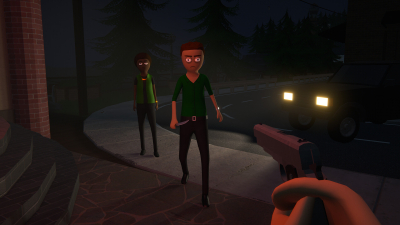
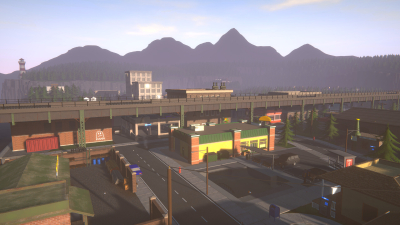
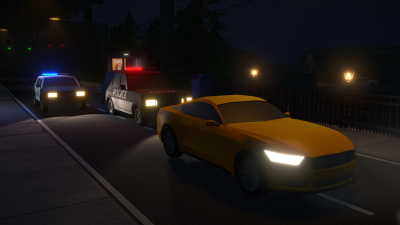
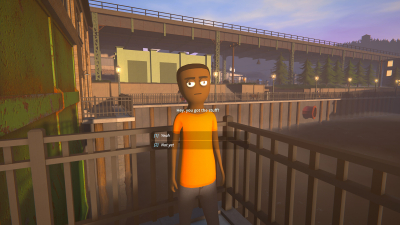
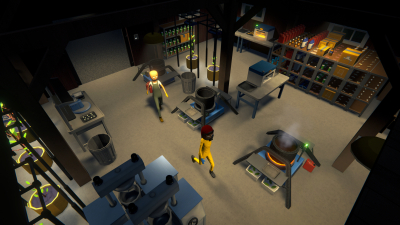
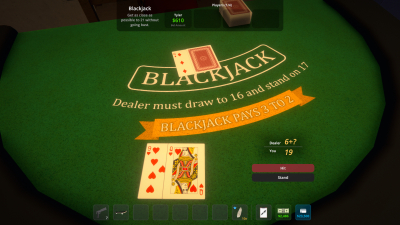
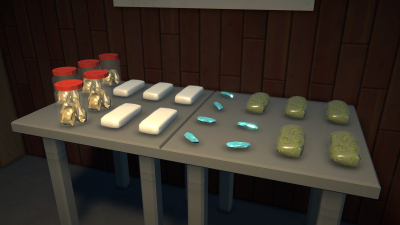

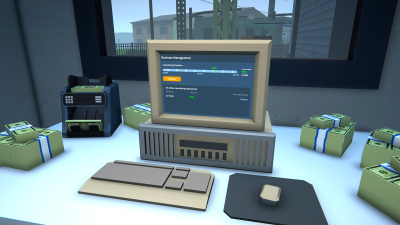
To download the app, you will get links to the Official Website and/or official digital markets.






























